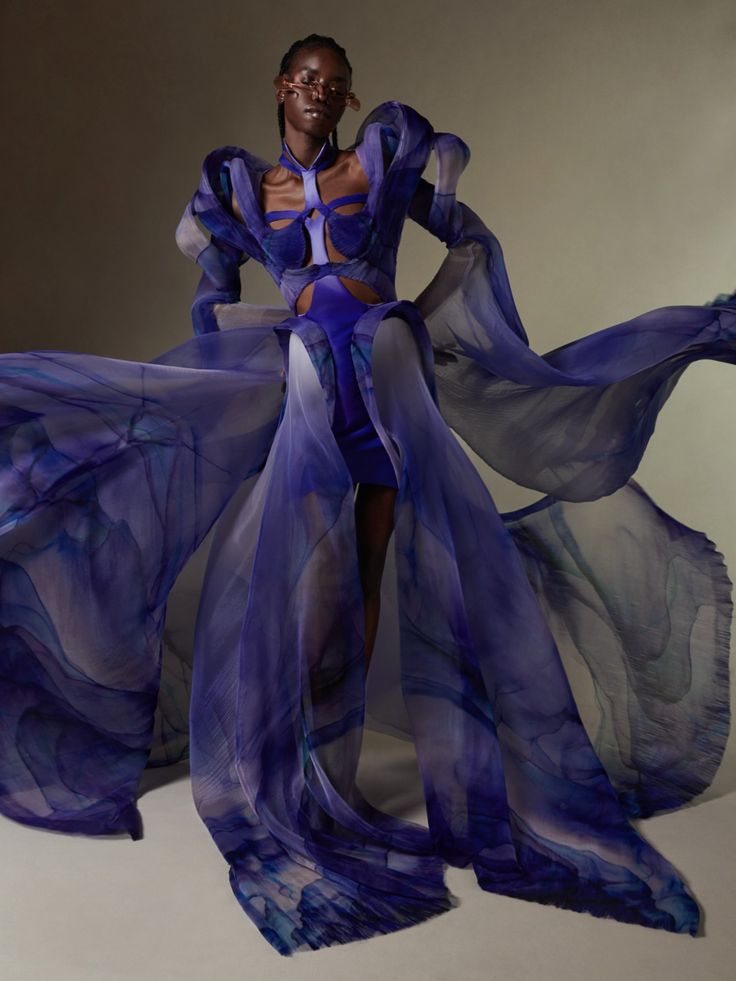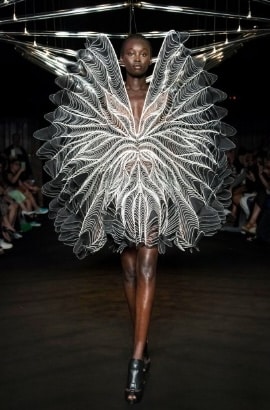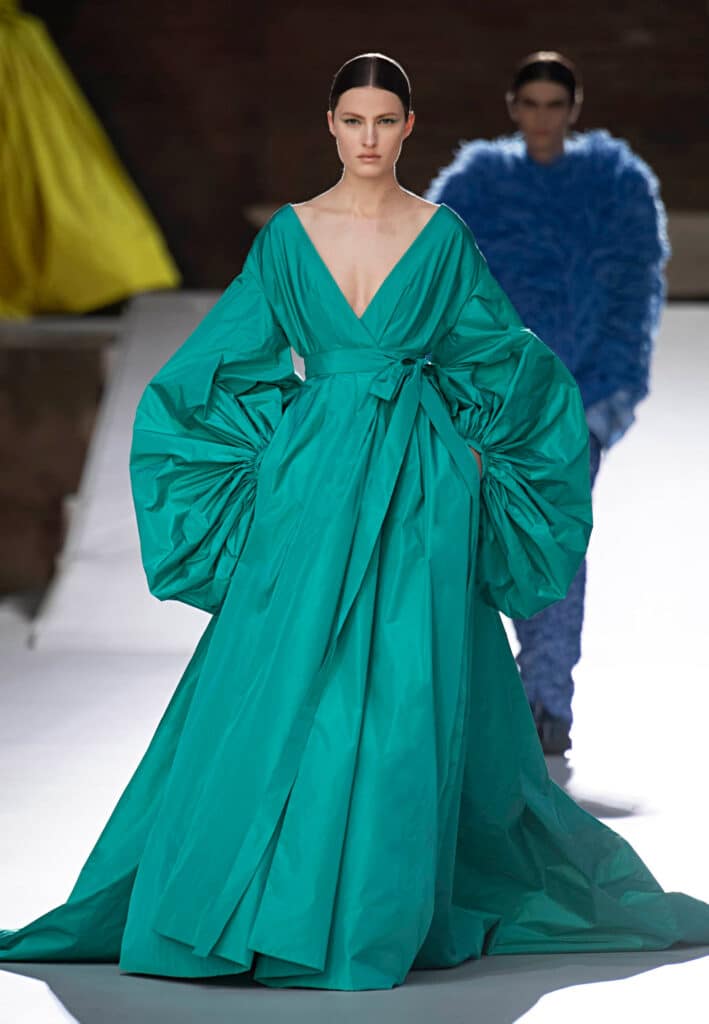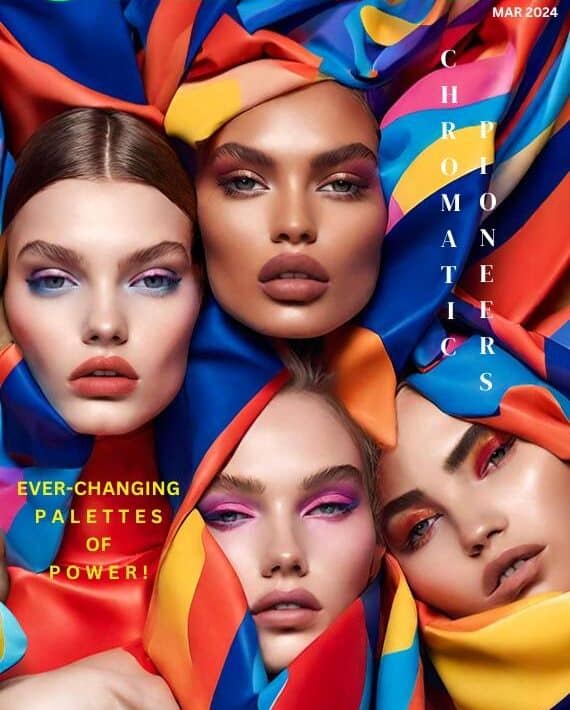Whispers In The Seam: The Silent Legacy of Vionnet and Madame Grès in Contemporary Couture



Alina Balijja, born and raised in Italy since 1974, is…
“A dress does not need to shout to be heard. It only needs to breathe.”
— Notes from an anonymous Parisian atelier, 1930s
We are no longer in the early decades of the last century when innovation and technology were new tools to gain freedom—freedom to move, to be—and for women, also a means of reaching autonomy. Today, technological advancement is so rapid it overwhelms us, and the innovation we crave is that which helps us reclaim time. The desire to slow down goes hand in hand with the search for an ethical expression of fashion, one that does not compromise the emotional and artistic impact of its creations.
Thus, in a time when fashion moves at lightning speed—shouting through social media and often living only through image—some contemporary designers choose to return to a quieter language, built on construction, gesture, and memory. Their work speaks to those who know how to observe.
Within their creations still echoes the distant yet powerful legacy of two legendary figures: Madeleine Vionnet (1876–1975) and Alix Barton, known as Madame Grès (1903–1993). These two women, working between the 1920s and 1950s, revolutionized the way we conceive eveningwear, transforming the female body from a “structure to be constrained” into an “essence to be honored,” through innovations imbued with the scent of art and poetry.
In the early 1920s, there was a thirst for freedom, and the technological advances of the time brought with them the exhilaration of speed, giving new meaning to the movement of the female body, no longer bound by constricting garments. Madeleine Vionnet invented the bias cut — a technique that involved cutting fabric diagonally across the grain, allowing it to cling to the body naturally, like a second liquid skin. Her fluid silhouettes were free of corsets, boning, or padding: they spoke a language of liberty, a message both penetrating and graceful.
Madame Grès, on the other hand, sculpted silk as if it were marble. Her iconic pleated dresses, inspired by Greek drapery, required extensive and patient handwork. If Vionnet spoke the language of mobile geometry, Grès responded with solemn spirituality. Both believed in a fashion that was invisibly complex: nothing was simple, yet nothing was shouted. A form of intimate luxury, for those attuned to subtlety.
Today, in a landscape saturated with images and overexposure, the evening gown has returned to a deeper meaning than mere image projection. It is no longer just about occasion, status, or appearance: it becomes an act of remembrance, a space for individual expression, a ritual of resistance against the speed of time.
Following in the footsteps of Vionnet and Madame Grès, contemporary designers like Iris van Herpen, Pierpaolo Piccioli, and Stéphane Rolland choose to whisper, reinterpreting elegance through a contemporary lens that employs technology to create in sustainable and ethical ways.
Iris van Herpen embodies the most visionary avant-garde. In her designs, Vionnet’s fluidity merges with innovative and sustainable materials (like ocean-recycled plastics) and technologies that infuse her creations with an ethereal, futuristic dimension. In her “Earthrise” collection (2021), a transparent gown moves with air currents, simulating the waves of the sea. In “Syntopia” (2018), 3D-printed elements mimic the flutter of a living organism’s wings, establishing a dialogue between body and environment. The complexity is rendered invisible, yet it is present in every millimeter. The dress no longer merely adorns: it becomes a second anatomy, a poetic extension of the body. (Image from irisvanherpen.com)


Right: “Earthrise” 2021; Left: “Syntopia” 2018; Image Source: Iria Van Herpen
From this liquid vision, we transition with grace to the humanist elegance of Pierpaolo Piccioli for Valentino. In his “Anatomy of Couture” (SS 2022), draping becomes a language of inclusion rather than idealization, celebrating the diversity of female bodies through garments that embrace with grace and lightness. Examples include silk gowns with draping that trace the body’s natural curves, evoking the timeless elegance of Madame Grès. Crafted in crêpe and georgette, they seem drawn by a hand that knows respect. Bodies differ, and fabrics adapt. In “Des Ateliers” (FW 2021), the lines grow more solemn: monumental dresses in vivid hues yet light in bearing, emphasizing the dual feminine nature of passion and sensitivity. The delicacy of the fabrics and the sartorial precision create a balance between tradition and modernity, suspended between Grès and the Renaissance. Here, fashion does not merely celebrate beauty: it understands and protects it. (Image from valentino.com)


Right: Valentino Haute Couture SS2022; Left: Valentino Haute Couture 2021; Image Sources: Valentino
The tone turns more theatrical, though no less intimate, with Stéphane Rolland. His creations seem born from an architectural vision that combines structure and fluidity. Columns of satin crêpe, sculpted organza drapes, silhouettes evoking living temples. In his Haute Couture SS25 collection—inspired by the work of Joséphine Baker and sculptor Constantin Brancusi—an ivory gown adorned with floating feather fringes seems to bloom weightlessly. The grandeur is never oppressive: it is a quiet force, like Grès shaping fabric as if breathing. Another magnificent example of theatrical architecture is Look No. 11: a tunic in white wool gazar with “Brancusi” embroidery in white porcelain, paired with a long nude stretch tulle skirt embroidered with crystals. A design that unites structure and fluidity in a single silhouette. (Image from fashionpress.it)

Stéphane Rolland: Runway – Paris Fashion Week – Haute Couture Spring-Summer 2025; Image Source: Stéphane Rolland
In these designers, the vision of the evening gown is no longer a simple showcase of status. It is an archive of gestures, an emotional object, a threshold between intimacy and the world. If Vionnet freed the body through geometry, and Grès made it sacred through pleats, today their heirs work on the invisible to give form to feeling. And in an age where everything seems to demand immediate expression, loud sharing, and constant exposure, the couture that whispers may be the most radical gesture of all.
What's Your Reaction?

Alina Balijja, born and raised in Italy since 1974, is an image consultant and author of Elegance and Dress Code for Dark-Skinned Women. The daughter of Ugandan painter Abner Balijja and an Italian mother, she has dedicated her career to celebrating and enhancing the beauty of dark-skinned women.



